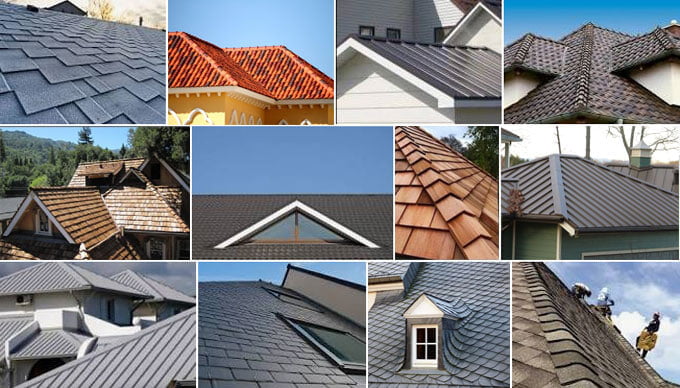
Choose the Best Roofing Material: Balancing Cost and Durability
Selecting the right roofing material is crucial for balancing cost and long-term durability. Options like asphalt shingles, metal, tile, and slate each come with their own price points and benefits. While premium materials such as slate and metal can be more expensive upfront, they offer exceptional durability and longevity, potentially saving money on repairs and replacements over time. Choosing the best material for your roof ensures a wise investment, providing both aesthetic appeal and lasting protection for your home.

The Impact of Roof Size, Complexity, and Accessibility on Your Roofing Costs
The size and complexity of your roof significantly influence roofing costs. Larger roofs demand more materials and labor, naturally driving up expenses. Additionally, complex designs featuring multiple angles, valleys, and pitches require more time and expertise, further increasing labor costs. Steeper roofs present additional challenges, often necessitating extra safety measures, which can raise labor expenses. Similarly, roofs that are difficult to access due to height or landscape obstacles add to the labor time and cost. Understanding these factors helps you anticipate the investment required for a high-quality roofing project.

Weather Conditions and Underlayment: Key Factors in Roofing Costs
Weather conditions and the choice of underlayment play crucial roles in determining roofing costs. Extreme weather can slow down your project and increase labor expenses, while certain materials require specific conditions for proper installation, potentially causing delays and additional costs. The type and quality of roofing underlayment also significantly impact overall expenses. Premium options like waterproof membranes or added insulation layers enhance durability and protection but come at a higher cost. Understanding these factors ensures a smoother roofing process and helps you plan for a resilient and weather-ready roof.
